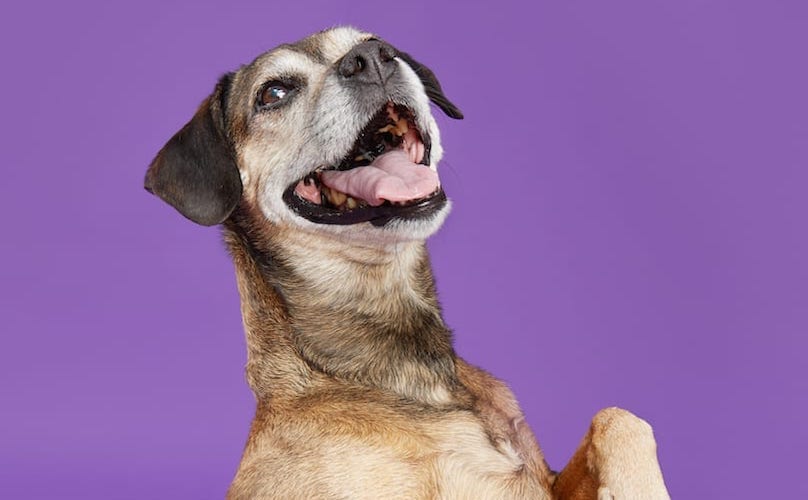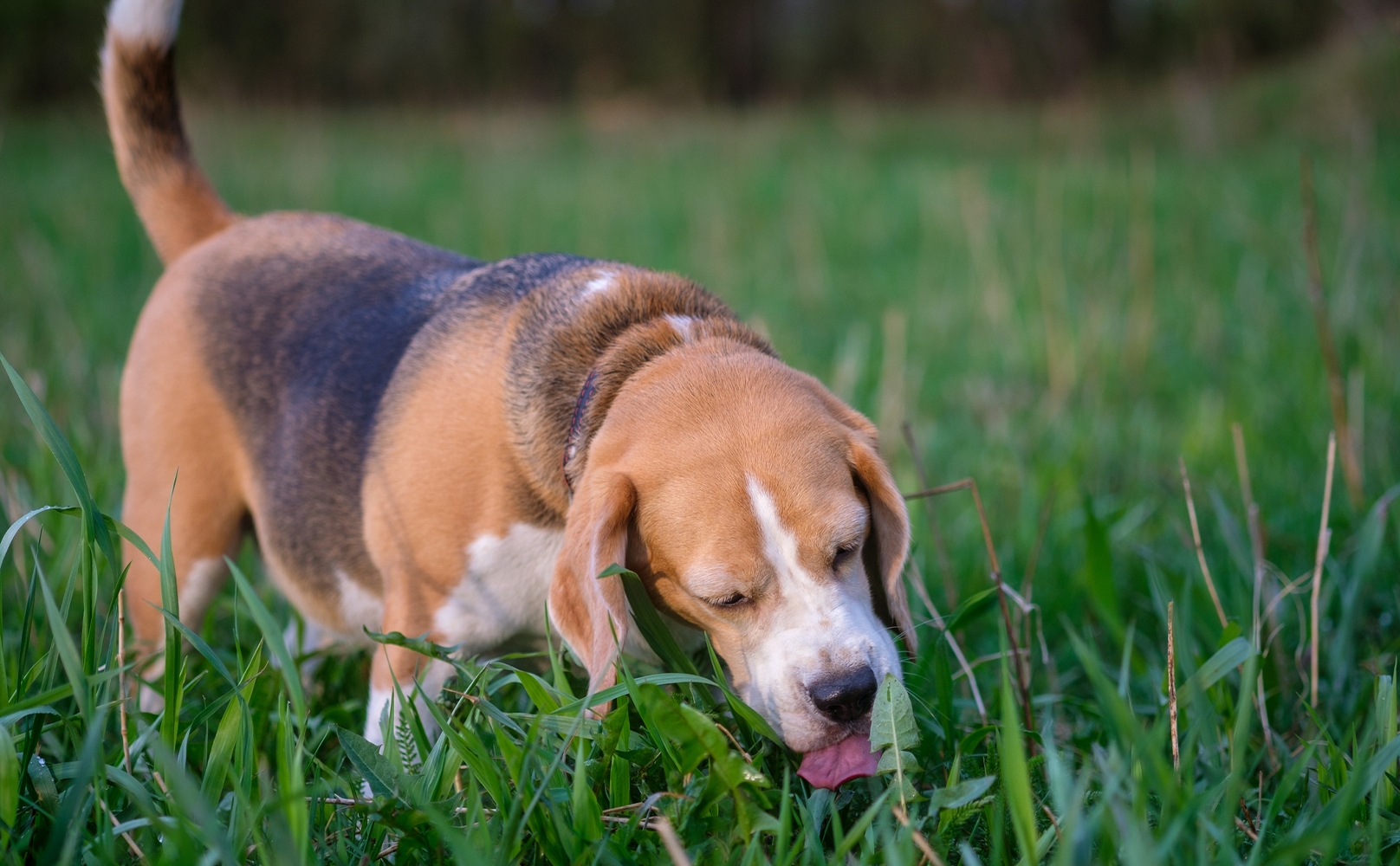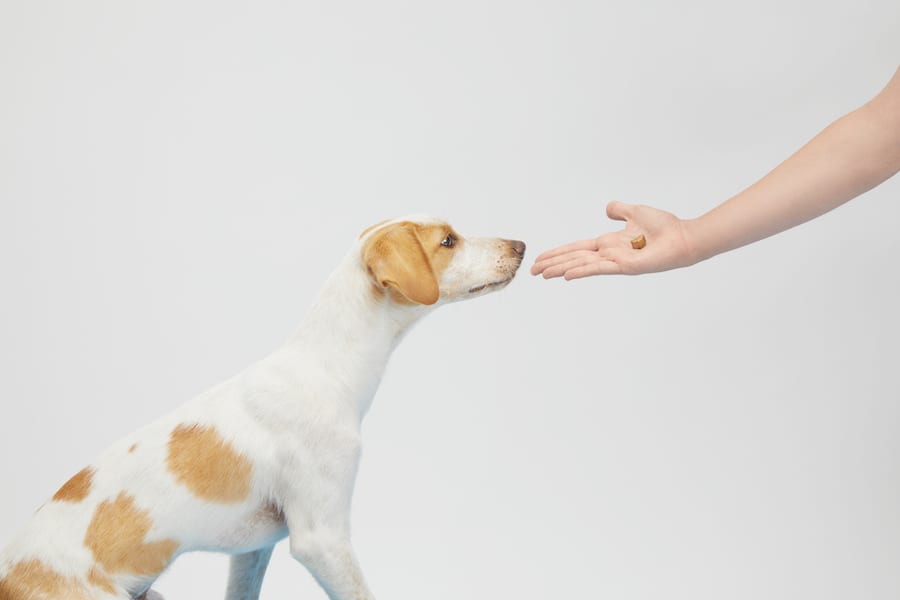***Canine emergencies aren’t fun, for you or your pup. But you know what is fun? BarkBox! Every month BarkBox delivers 2 original toys, designed in-house, 2 full bags of all-natural treats, and a chew. Sign up here and receive a free extra toy every month. <– This deal is worth up to $120 in value if you sign up for a 12-month subscription! 🙂
In a perfect world, you’ll never have to deal with any pet-related emergencies. But unfortunately, we don’t live in a perfect world. And as scary as it might be to think about your poor pup getting into trouble, it’s important to be prepared. And to know exactly what to do in a canine emergency.
But what, exactly, do you do if your pup is in distress? How do you help your four-legged friend in they accidentally eat something poisonous? If they choke on their dinner? Or get a nasty cut that needs attention?
Let’s take a look at exactly what to do when faced with a canine emergency:
If Your Dog Is Bleeding
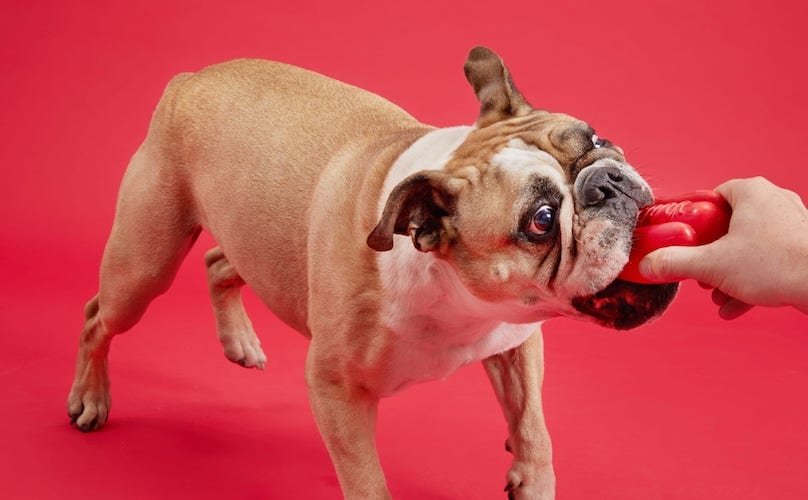

If your dog is bleeding, the first thing you want to do is cover the wound and apply pressure; this can help keep the bleeding under control while you assess the situation.
If your dog just has a minor cut—and the bleeding stops when you apply pressure—you can likely treat the wound at home. However, if your dog is bleeding heavily—or he’s bleeding from his nose, tongue, ears, feet, or toenails, which all have a tendency to bleed excessively—it’s important to get him to the vet ASAP. Continue to apply pressure to the wound and call your vet. They can give you directions on how to best control the bleeding while you’re en route to getting your dog medical attention.
If Your Dog Is Choking


Dogs love to eat things. And if your dog tries to eat something that’s too large, it could get lodged in their throat—and lead to a choking incident.
If your dog is choking, he needs immediate treatment. Here’s what to do if your dog is choking:
How To Do The Dog Heimlich Maneuver
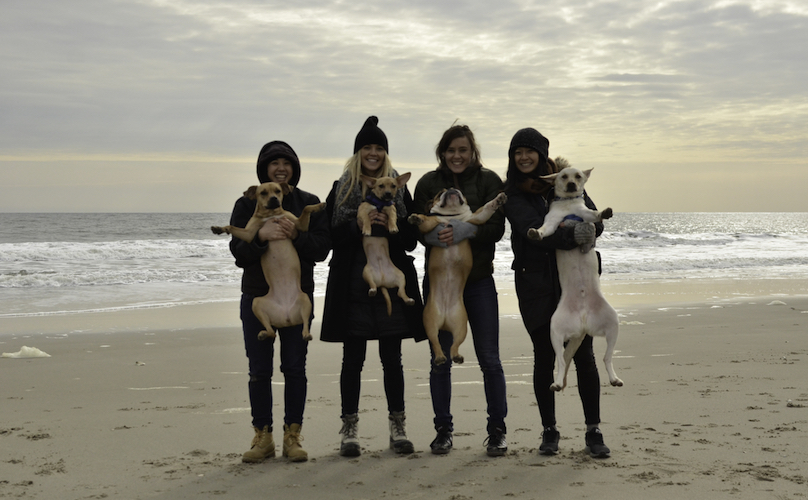

- Use both hands to open your dog’s mouth. Use one hand on the upper jaw and one hand on the lower jaw. Make sure to press your dog’s lips over his teeth; a dog that’s choking can quickly start to panic, so it’s important to protect yourself (and your fingers!) from biting.
- Look inside your dog’s mouth, sweeping the back with your fingers. If you see or feel any foreign objects, remove them immediately. (If you can see something lodged in the very back of your dog’s throat, but can’t reach it with your fingers, don’t attempt to remove it. Instead, call your vet, who can sedate your dog and remove the object safely).
- If your dog is choking but you can’t see or feel any objects in his mouth, it’s time to start the canine Heimlich maneuver. For smaller dogs, the maneuver is simple; just lay him on his back and apply pressure to his abdomen, directly under his rib cage. If you have a larger dog, there are a few different methods you can use. If your dog is standing, place your arms around his stomach and join your hands together in a fist. Using your fist, apply pressure up and forward, directly behind the ribcage. Afterwards, place your dog on his side.
- If your large dog is already on his side, put one hand on his back for support and use the other hand to squeeze the abdomen, pressing firmly upward and forwards (you should be pressing towards the spine).
- After performing the Heimlich, open your dog’s mouth and remove and foreign objects that have been dislodged. The object may still be located towards the back of the throat, so sweep the mouth with your fingers to locate and remove the object.
If your dog is choking, you can use the Heimlich to get him out of immediate danger. But it’s still important to get him medical attention immediately. The object he was choking on could have caused damage to his throat, so it’s important to get him checked out by the vet.
If Your Dog Ate Something Poisonous
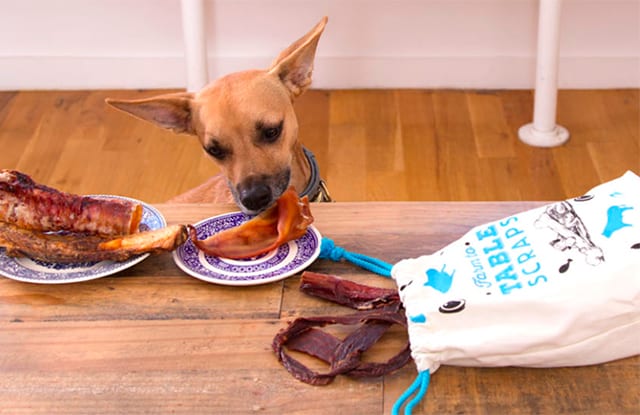

As mentioned, dogs love to eat things—and sometimes, those things could be poisonous. If you suspect your dog has eaten something that could be poisonous, it’s important to get medical attention immediately.
If you see your dog ingest something that’s potential toxic, call your vet immediately. Let them know what your dog ate—and how much of that substance he ingested. Didn’t witness your dog eating anything suspicious, but he’s showing signs of poisoning (like vomiting, diarrhea, excessive drooling or seizures)? Call your vet and let them know you think your dog ate something hazardous. Your vet can give you instructions on next steps, which may include inducing vomiting to get rid of the toxins or bringing your pup into the office so your vet can evaluate their condition and decide appropriate next steps.
If Your Dog Isn’t Breathing
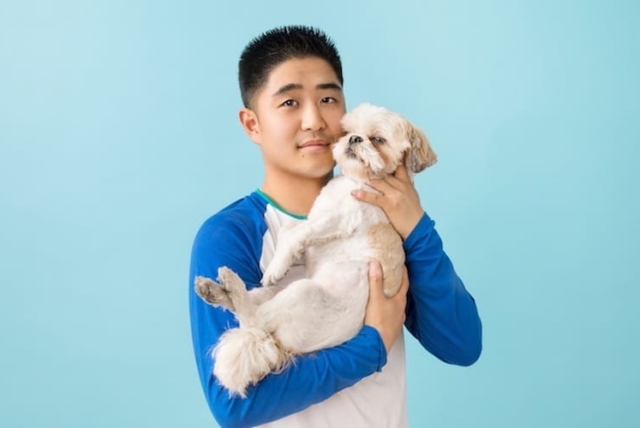

Perhaps the scariest medical emergency you can face as a pet parent is having a dog that isn’t breathing. And if your dog stops breathing, you need to move quickly.
The first thing you want to do if your dog stops breathing? Check his airway to make sure there’s no blockage. Pull your dog’s tongue forward and sweep the airway with your finger; if you find any foreign objects, remove immediately.
If there’s nothing blocking your dog’s airway, the next step is to check for a pulse. You can check your dog’s pulse on his femoral artery, which is located high inside the hind leg, close to where the leg meets the body. Press down gently with your fingers to feel for a pulse. If you can’t feel your dog’s pulse on the femoral artery, you can check directly on his heart or right above the metacarpal pad (the large, center pad on his front paw).
If your dog does have a pulse, you’ll need to give him artificial respiration. When there’s no pulse present, you’ll need to do full doggy CPR. Here’s how it works:
How To Do Canine CPR


- Lay your dog on a flat, stable surface (like a sturdy table) with his right side facing down.
- Lay his head and neck as straight as possible; this creates a passage for his airway—and will help with artificial respiration.
- Pull his tongue forward so it’s not blocking his airway (it should rest at the back of his teeth). Then, close his mouth.
- Stand behind your dog’s back and place both of your palms, one on top of the other, on top of the widest part of your pup’s rib cage (it should be near the heart, but not directly over it). If you have a small dog (~30lbs or less), cup your hands around the rib cage, placing your thumb on one side of the chest and your fingers on the other.
- Once your dog and your hands are in the correct positions, it’s time to start compressions. For larger dogs, push firmly down on the rib cage in a series of quick and firm compressions (aim for 15 compressions in 10 seconds). You should only compress ¼ to ⅓ of the chest width. For smaller dogs, use your thumb and fingers to squeeze the chest to ¼ to ⅓ of the width, using slightly faster compressions (aim for 17 compressions in 10 seconds).
- After each set of compressions, give your dog artificial respiration. (If your dog has a pulse, you can skip compressions and start here.) Place your hand over your dog’s muzzle, making sure his mouth is completely closed. Then, place your mouth over your dog’s nostrils and gently blow in air. (If you have a smaller dog, you’ll need to place your mouth over his entire muzzle). Your dog’s chest should lift and expand; if it doesn’t, check to make sure his mouth is completely sealed. If it is, blow slightly harder until you see chest expansion. Once you’ve given your dog a breath, remove your mouth from his nose/muzzle to allow for air return.
- Repeat artificial respiration after every set of compressions (one breath per set). If your dog has a pulse and you’re not giving compression, repeat the artificial respiration process every two to three seconds.
- After each compression/artificial respiration cycle, place your hands on either side of your dog’s abdomen and give a slight squeeze; this will encourage circulation to the dog’s heart.
- Repeat the CPR cycle until your dog regains a pulse and is breathing on his own.
Now, canine CPR can be a (literal) lifesaver—but it can also cause additional injury to your dog (like broken ribs). These injuries are definitely treatable by your vet, but only use CPR when it’s absolutely necessary—when your dog isn’t breathing and doesn’t have a pulse.
If Your Dog Has Heatstroke
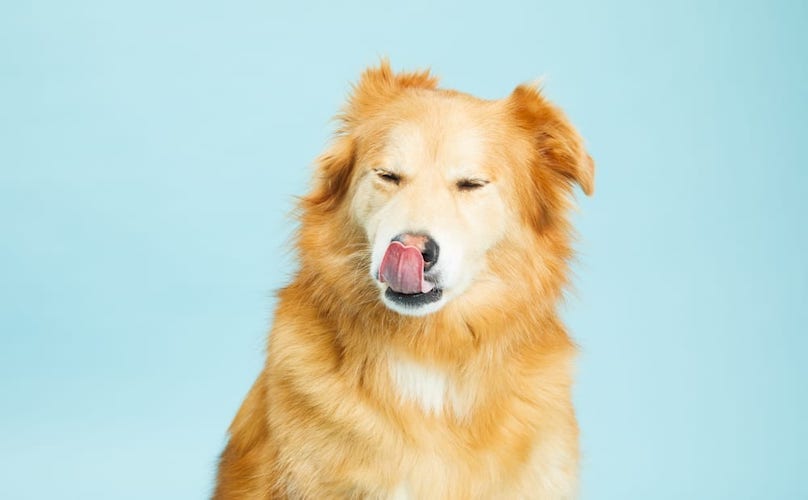

With summer comes hot, humid weather—and an increased risk of heatstroke in your dog. If you notice your dog is acting “out of it” (also known as lethargy), is excessively panting, and seems distressed, he might be suffering from heatstroke—and it’s important to cool him off immediately (left untreated, heatstroke can actually cause death in dogs).
Luckily, cooling off your dog is fairly simple. Immerse him in a tub of cool water. The keyword here is cool, not cold—using ice water can cause your dog’s body temperature to drop too quickly, which can lead to other health complications. If you don’t have a tub readily available, hose him down with cool water from a garden hose or apply cool, wet towels to his body.
General Rules Of Thumb (Dewclaw?) For Any Pet-Related Emergency


We’ve covered what to do in specific canine emergencies. But here are a few general rules of thumbs (rules of paw?) to make sure you’re prepared for any emergency your four-legged friend may find himself in:
- Have your vet on speed dial. The last thing you have time to do in an emergency is search for your vet’s contact information. Have it readily available on your cell phone and written somewhere in your home where you can easily access it in case of emergency.
- Have an emergency vet on speed dial. Your vet likely isn’t in their office 24/7—so you also need to have an emergency vet on speed dial in case of any after hours emergencies.
- Assemble a canine first-aid kit with any supplies you might need in an emergency. Keep it in a place that’s easily accessible (like your pantry or underneath the kitchen sink).
- Have instructions for CPR and the Heimlich maneuver on hand. I can be hard to remember exactly what steps to take in an emergency. Keep printed instructions for both doggy CPR and the Heimlich maneuver somewhere in your home (like in your first aid kit); that way, if you find yourself having to perform one or both in an emergency, you don’t have to rely on your memory to perform it correctly.
Looking For More Posts Like This?
Which Foods Are Bad For Dogs To Eat?
How Do I Break My Dog’s Bad Habits?



